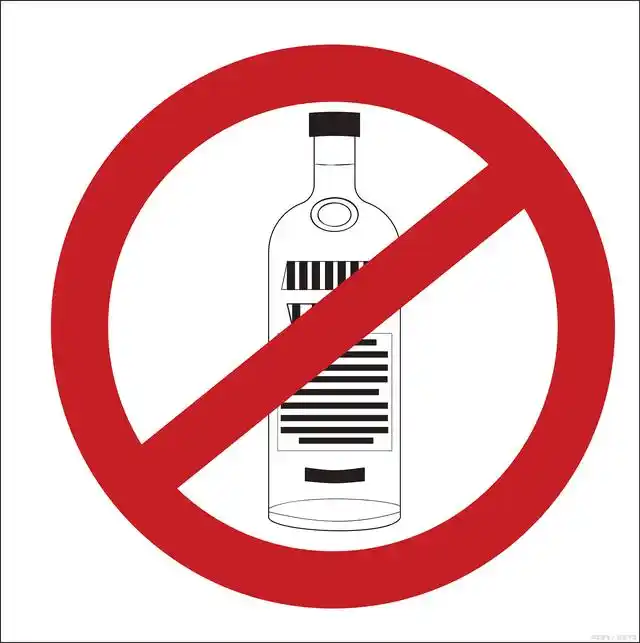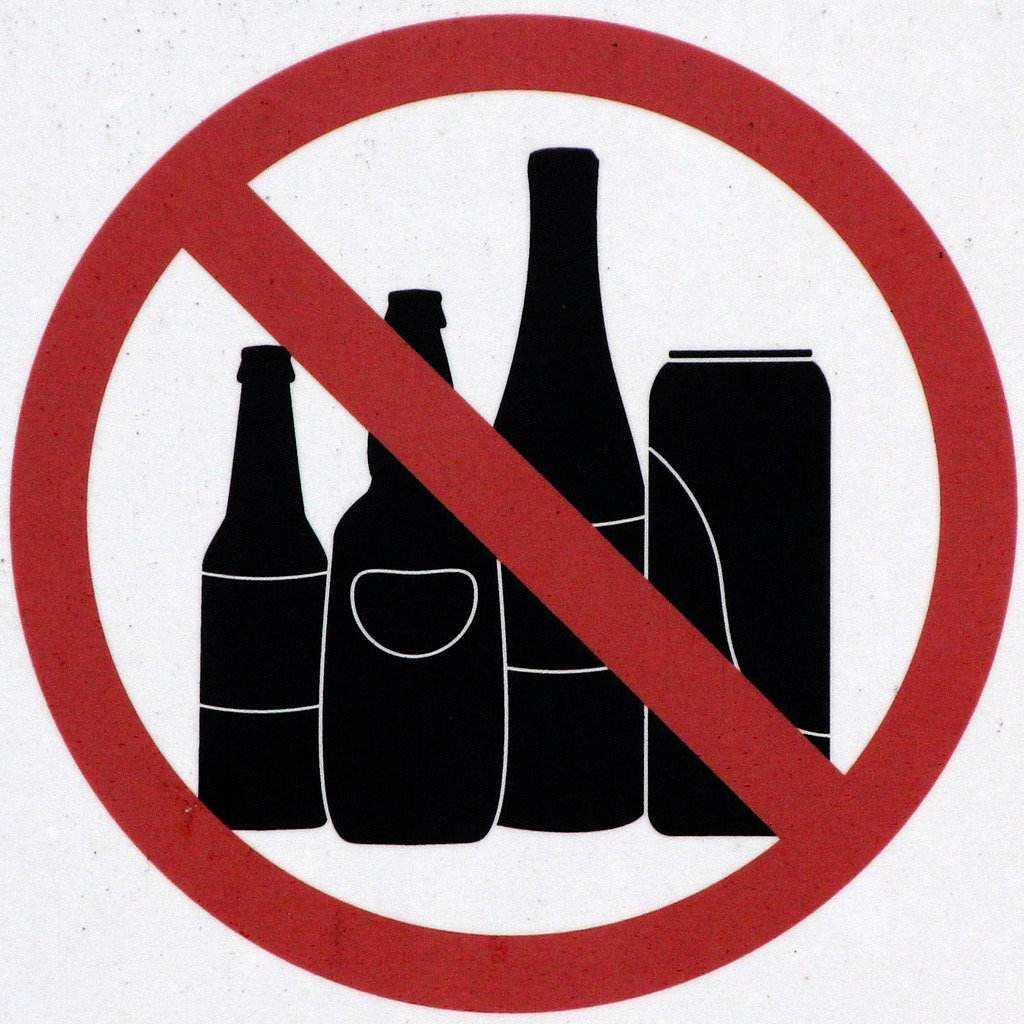Title: Harnessing Community Strengths: A New Paradigm in Alcohol Recovery
Introduction
The journey to alcohol abstinence is often depicted as a solitary battle, fought in the sterile confines of clinics or the anonymous rooms of support groups. While these traditional models have saved countless lives, they can sometimes feel disconnected from the individual's daily reality. A growing body of evidence and practice suggests a more holistic, sustainable approach: the Local Resource-Integrated Alcohol Recovery Program. This model moves beyond treating addiction as an isolated medical condition and instead views recovery as a process of reintegration, leveraging the unique assets of a person's own community to build a robust and lasting foundation for an alcohol-free life.
The Limitations of Traditional Models
Traditional recovery programs, such as inpatient rehabilitation and 12-step programs, provide essential structure, medical supervision, and peer support. Their effectiveness is well-documented. However, they can inadvertently create a "recovery bubble." An individual may achieve sobriety within the protected environment of a clinic, only to return to a community where the triggers, stressors, and social patterns that contributed to their addiction remain unchanged. The transition from the program back to "real life" can be jarring and is a period of high vulnerability to relapse.

The disconnect often lies in the lack of continuity. Skills learned in therapy may not easily translate to a specific job market. The support network established in a group may be geographically distant. Furthermore, these models can sometimes overlook the profound impact of social determinants of health—factors like unemployment, housing instability, and lack of meaningful social roles—which are powerful drivers of substance use.
The Philosophy of Local Resource Integration
The core philosophy of a Local Resource-Integrated program is empowerment and sustainability. It operates on the principle that lasting recovery is not just about removing alcohol but about building a fulfilling life without it. This life is best constructed using materials readily available in the individual's immediate environment. The program acts as a facilitator, a bridge connecting the person in recovery to the latent strengths of their community.
This approach is inherently strengths-based. Instead of focusing solely on deficits and pathologies, it asks: "What resources exist in this community that can support this person's journey?" These resources are multifaceted and extend far beyond formal healthcare.
Key Components of a Local Resource-Integrated Program
-
Community-Based Support Networks: Instead of, or in addition to, anonymous groups, the program helps individuals identify and strengthen natural supports. This could involve family mediation sessions, educating close friends on how to provide effective support, or connecting the individual with community centers, faith-based organizations, or local clubs (e.g., a running club, a book club, a volunteer group). The goal is to weave a web of authentic, day-to-day relationships that provide belonging and accountability.
-
Vocational Integration and Skill Development: Unemployment and underemployment are significant risk factors for relapse. This program partners with local businesses, trade unions, community colleges, and vocational training centers. It can facilitate internships, apprenticeships, or part-time work that aligns with the individual's interests and abilities. By contributing meaningfully to the local economy, the individual rebuilds self-esteem, financial stability, and a positive social identity separate from their addiction.
-
Recreational and Wellness Activities: Boredom and a lack of healthy coping mechanisms are common triggers. The program catalogs local low-cost or free recreational opportunities—public parks, hiking trails, community gyms, art classes, or music workshops. It encourages participation in these activities, not as a distraction, but as a way to rediscover joy, manage stress through physical activity, and build a new social circle centered around wellness.
-
Cultural and Spiritual Anchors: For many, addiction involves a loss of connection to culture or spirit. A localized program can be sensitive to this, incorporating culturally appropriate healing practices and connecting individuals with respected elders or cultural leaders. It can facilitate involvement in local traditions, festivals, or spiritual gatherings, providing a sense of roots, purpose, and transcendence that is deeply personal and community-specific.
-
Collaborative Healthcare: The program does not replace medical or therapeutic expertise but integrates it. It works closely with local general practitioners, psychiatrists, and therapists to ensure continuity of care. Case managers help navigate the local healthcare system, schedule appointments, and ensure that the clinical treatment plan is synchronized with the community-based recovery activities.
Implementation and the Role of the Facilitator
The success of such a program hinges on the role of the recovery facilitator or case manager. This individual is not a distant therapist but a community navigator. Their tasks include:
- Conducting a "Resource Map" with the client: Together, they identify potential strengths and supports in the client's life and neighborhood.
- Building Partnerships: The facilitator actively builds relationships with local organizations, educating them about recovery and creating pathways for client participation.
- Providing Accompaniment: Initially, the facilitator might accompany the client to a new job interview or a community event, providing moral support and helping to reduce anxiety.
- Advocacy: They may advocate for the client with landlords, employers, or social services, helping to remove practical barriers to recovery.
Challenges and Considerations
Implementing this model is not without challenges. It requires significant investment in building community partnerships and training facilitators. Rural areas might have fewer formal resources, necessitating a more creative approach to identifying informal supports. There is also the risk of over-burdening community organizations or encountering stigma. Careful planning, ongoing communication, and community education are essential to mitigate these risks. Confidentiality must also be carefully managed within a smaller, more integrated setting.
Conclusion: A Sustainable Path Forward
The Local Resource-Integrated Alcohol Recovery Program represents a paradigm shift from a deficit-based to a strengths-based model of care. It acknowledges that a person's community is not just a backdrop for their addiction but can be the very source of their healing. By weaving recovery into the fabric of daily life—through work, relationships, recreation, and cultural connection—this approach fosters resilience and self-efficacy. It moves the goal from mere abstinence to full, meaningful citizenship. In doing so, it not only helps the individual recover but also strengthens the community itself, creating a more inclusive, supportive, and healthy environment for all. This is not just recovery from alcohol; it is recovery into community.




发表评论